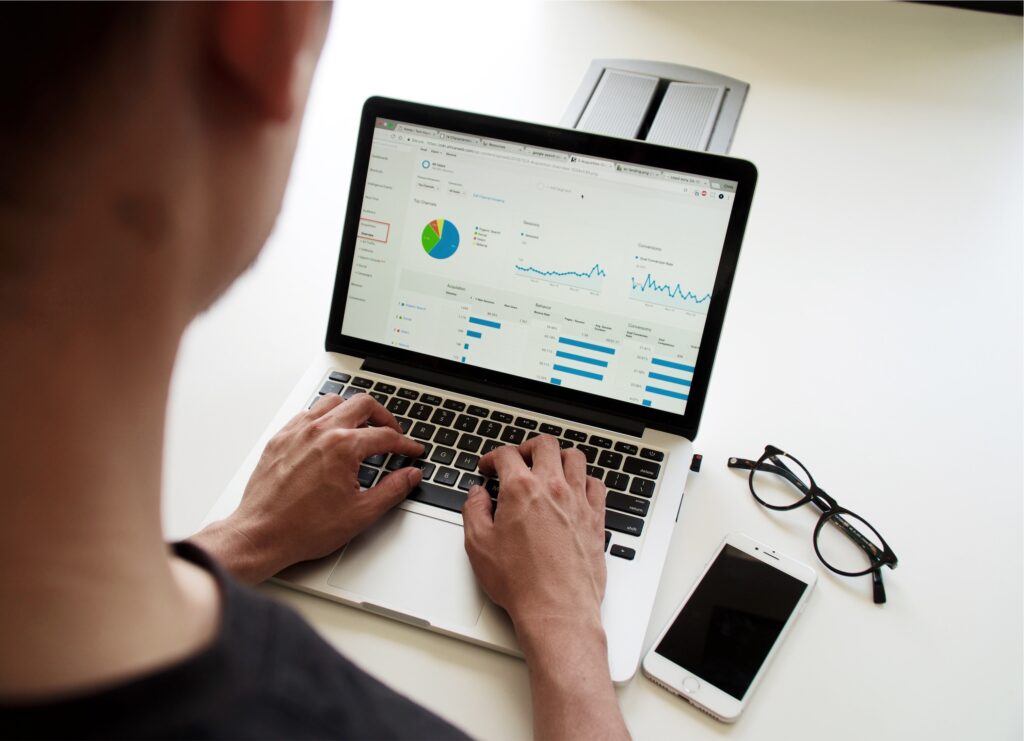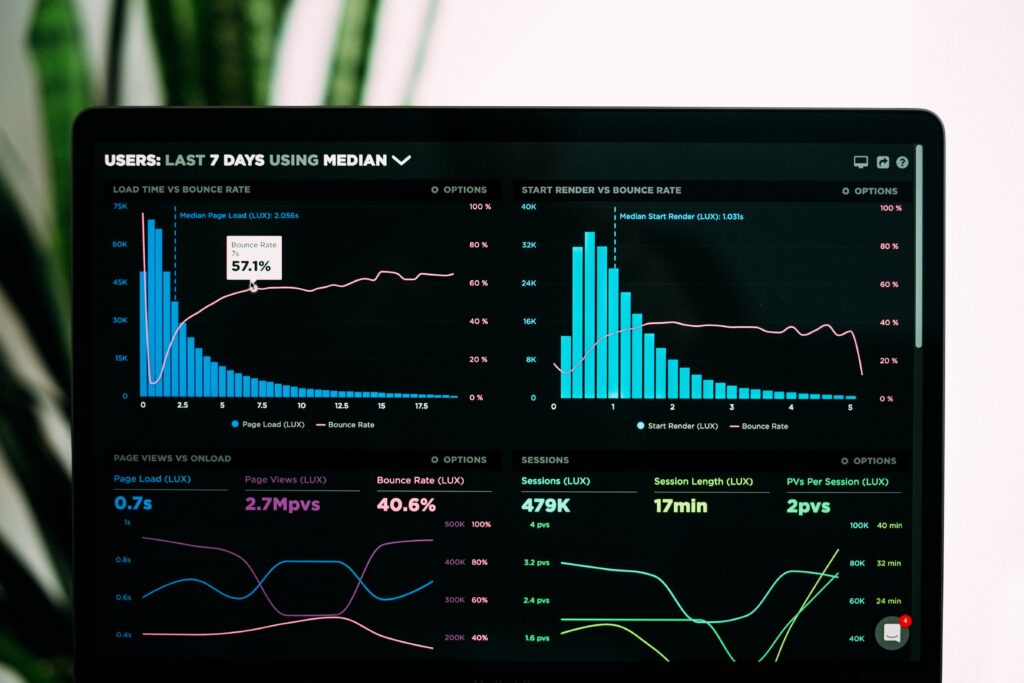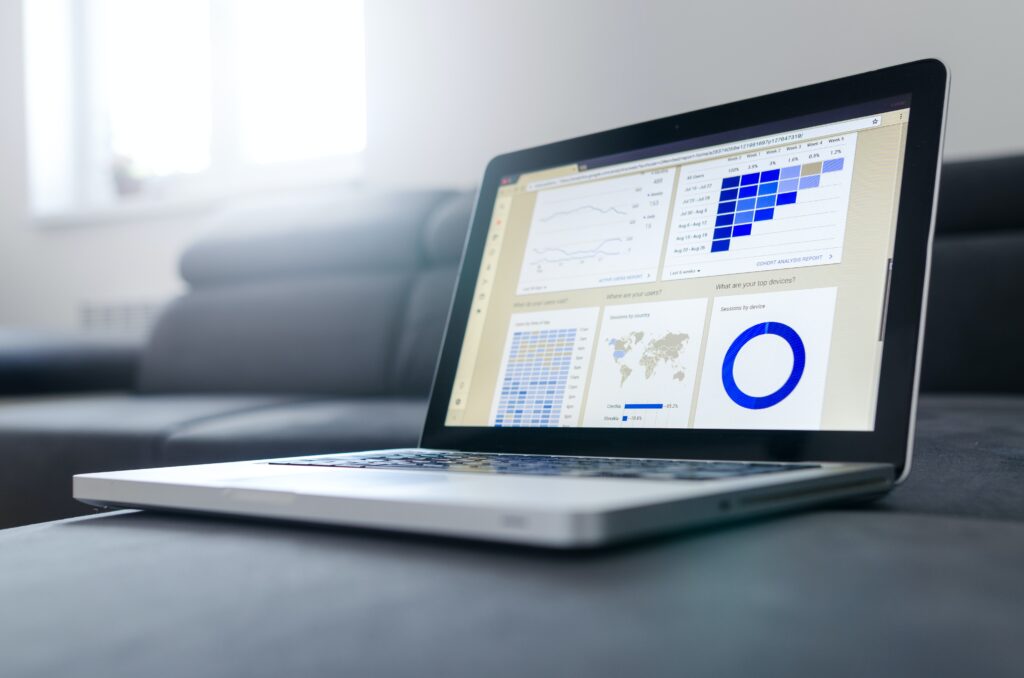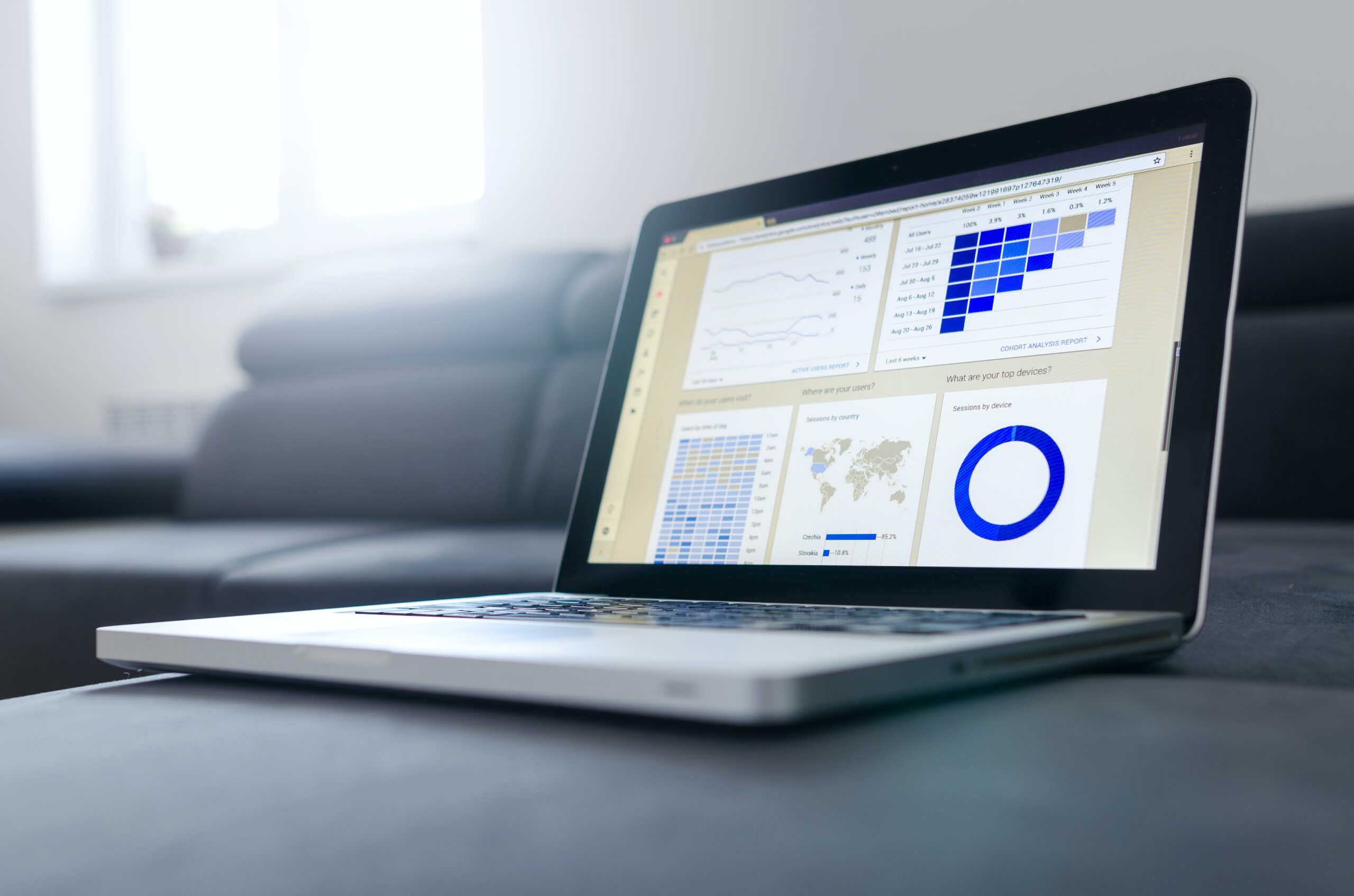In this article, we will explore the meaning and significance of a pressure data logger. You will learn what a pressure data logger is, how it works, and why it is used in various industries. Whether you are new to the term or want to deepen your understanding, this article will provide you with all the essential information about pressure data loggers. So, let’s dive in and uncover the world of pressure data loggers together!
Definition of Pressure Data Logger
A Pressure Data Logger is a device used to measure and record pressure readings over a period of time. It is commonly used in various industries and environmental monitoring applications to monitor and analyze pressure changes. By measuring pressure, a data logger can provide valuable insights into fluid dynamics, system performance, and environmental conditions.
Overview of Pressure Data Logger
A Pressure Data Logger consists of a sensor to measure pressure, a data storage unit to record the readings, and a power source to operate the device. The sensor converts the pressure into an electrical signal, which is then stored in digital format within the data storage unit. The logger can be programmed to record the pressure readings at specific intervals, allowing for continuous monitoring of pressure changes.
Components of Pressure Data Logger
The main components of a Pressure Data Logger include:
-
Sensor: The sensor is the primary component that measures the pressure. It can be a piezoelectric, strain gauge, or capacitive sensor, depending on the application requirements. The sensor converts the pressure into an electrical signal, which is then processed and stored by the data logger.
-
Data Storage: The data storage unit is responsible for storing and organizing the pressure readings. It can be a built-in memory, external memory card, or connected to a computer or cloud storage system. The storage capacity varies depending on the data logger model, but it is typically sufficient to store a large number of pressure readings.
-
Power Source: The power source provides energy to operate the data logger. It can be a built-in battery, replaceable batteries, or connected to an external power supply. The power source should be reliable and long-lasting to ensure uninterrupted monitoring.
Working Principles of Pressure Data Logger
Pressure Measurement
Pressure measurement is the core function of a Pressure Data Logger. The sensor within the logger detects the pressure applied to it and produces an electrical signal proportional to the pressure. This signal is then converted into a digital format and stored within the data storage unit.
Data Logging Process
The data logging process involves the continuous measurement and recording of pressure readings. The data logger can be programmed to record the readings at a specific interval, such as every minute or hour. The recorded data is stored within the data storage unit and can be accessed later for analysis and interpretation.

Applications of Pressure Data Logger
Industrial Applications
Pressure Data Loggers have a wide range of applications in various industries. In manufacturing, they are used to monitor and control pressure in hydraulic systems, pneumatic systems, and gas pipelines. They are also used in the oil and gas industry to monitor pressure in wellheads, pipelines, and storage tanks. Pressure Data Loggers are valuable tools in ensuring equipment safety, optimizing system performance, and preventing costly equipment failures.
Environmental Monitoring
Pressure Data Loggers are also widely used in environmental monitoring. They are used to measure and record atmospheric pressure, water pressure in lakes and rivers, and soil pressure in agricultural fields. By monitoring pressure changes in these environments, scientists and researchers can gain insights into weather patterns, ecological health, and soil moisture levels. This information is crucial for managing natural resources, predicting weather events, and studying climate change.
Advantages of Pressure Data Logger
Accurate Pressure Readings
Pressure Data Loggers provide accurate and reliable pressure readings. The sensors used in these devices are highly sensitive and can detect even minor pressure changes. This accuracy is essential in critical applications where precise pressure measurement is required. The recorded data can be used for analysis, troubleshooting, and regulatory compliance.
Real-time Monitoring
Pressure Data Loggers offer real-time monitoring capabilities. The recorded pressure readings can be instantly accessed and analyzed, providing immediate feedback on system performance and environmental conditions. Real-time monitoring allows for proactive decision-making, minimizing downtime, and ensuring optimal system operation.

Choosing the Right Pressure Data Logger
Considerations for Selection
When choosing a Pressure Data Logger, several factors need to be considered:
-
Pressure Range: Determine the range of pressures that need to be measured. Different loggers have different pressure measurement capabilities, so it is essential to select a logger that can handle the desired range.
-
Accuracy: Consider the accuracy requirements for the application. Some applications may require higher accuracy, while others may be more forgiving. Choose a logger with the appropriate accuracy level for the specific application.
-
Data Storage Capacity: Evaluate the data storage capacity of the logger. Ensure that it has enough storage space to record the required number of pressure readings.
Key Features to Look for
In addition to the above considerations, there are several key features to look for in a Pressure Data Logger:
-
Connectivity Options: The ability to connect to a computer, smartphone, or wireless network can greatly enhance the usability and data accessibility of the logger.
-
User-friendly Interface: Look for loggers with a user-friendly interface that allows for easy programming, data retrieval, and analysis. Intuitive software and display screens simplify operation and data management.
-
Durability: Choose a logger that is rugged and able to withstand the environmental conditions of the application. This is especially important for industrial and outdoor applications where the logger may be exposed to harsh conditions.
Installation and Maintenance of Pressure Data Logger
Proper Placement
Proper placement of the Pressure Data Logger is crucial to obtaining accurate and meaningful data. The logger should be positioned in a location that allows for direct contact with the pressure source. It should be securely mounted and protected from external factors that may interfere with the pressure readings. Follow the manufacturer’s guidelines for installation to ensure optimal performance.
Calibration and Cleaning
Regular calibration and cleaning of the Pressure Data Logger is necessary to maintain accuracy and reliability. Calibration should be performed according to the manufacturer’s instructions or by a certified calibration service. Cleaning should be done regularly to remove any debris or contaminants that may affect the sensor’s performance. The logger’s manual should provide guidance on the calibration and cleaning procedures.

Common Challenges and Troubleshooting
Calibration Issues
Calibration issues can arise if the Pressure Data Logger is not properly calibrated or if the calibration has drifted over time. If the readings are consistently inaccurate, it may be necessary to recalibrate the logger. Consult the manufacturer’s instructions or contact a calibration service for assistance.
Data Readout Problems
Data readout problems may occur if there are issues with the data storage unit or connectivity. If the logger is not transferring data or the data is corrupted, check the connections and ensure that the storage unit has sufficient space. If the problem persists, contact the manufacturer for troubleshooting support.
Future Trends in Pressure Data Logger Technology
Wireless Connectivity
Wireless connectivity is becoming increasingly common in Pressure Data Loggers. Bluetooth, Wi-Fi, and cellular technologies enable remote access and monitoring of the loggers. This wireless connectivity allows for real-time data transmission, enabling faster analysis and decision-making.
Integration with IoT
Pressure Data Loggers are being integrated with the Internet of Things (IoT) technology. This integration allows for seamless communication between the loggers and other devices, enabling more advanced data analysis and automation. IoT-enabled loggers can provide valuable insights for predictive maintenance, energy optimization, and process improvement.
Conclusion
In conclusion, a Pressure Data Logger is a valuable tool for measuring and recording pressure readings over time. It is widely used in various industries and environmental monitoring applications for system optimization, equipment safety, and data-driven decision-making. By understanding the definition, components, working principles, and applications of Pressure Data Loggers, you can make an informed choice when selecting and utilizing these devices. With their accurate pressure readings and real-time monitoring capabilities, Pressure Data Loggers offer many advantages and are instrumental in the advancement of technology and data-driven solutions.

